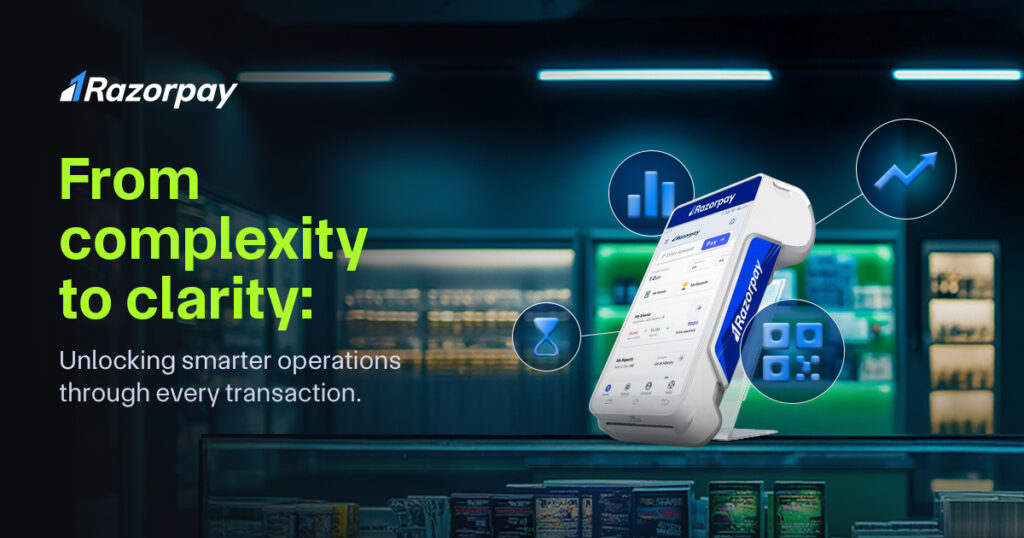India’s in-person payment landscape has witnessed unprecedented growth. Innovations like UPI have reshaped transaction behaviours, making real-time, seamless payments a norm. In December 2024 alone, UPI clocked over 16.7 billion transactions, further cementing its place as the backbone of India’s payment infrastructure. And this growth trajectory shows no signs of slowing down.
India’s digital payments market is projected to reach $10 trillion annually by 2026, driven by smartphone penetration, and fintech innovation. While this evolution has streamlined the customer experience, it has also introduced significant operational complexity for businesses when it comes to managing in-person payments.
The new wave of in-person payments brings its own set of challenges: managing reconciliations, ensuring timely settlements, gaining financial visibility, and building integrated workflows that scale. These are not just technical problems, but fundamental operational concerns that influence profitability and customer satisfaction.
The Multifaceted Nature of In-Person Payments
For many businesses, the act of processing a payment is just the beginning. Each transaction can trigger a series of operational tasks: generating invoices, updating inventory, reconciling accounts, and engaging with customers post-sale. When these tasks are managed through disparate systems, inefficiencies arise, leading to potential errors, delays, and increased operational costs.
As in-person payments mature, so do the back-end expectations of businesses. They need fast settlements to maintain liquidity, real-time visibility to make smarter decisions, and intuitive tools that demystify financial tracking. But most legacy systems aren’t built for this scale. Businesses find themselves juggling multiple dashboards, reconciling data manually, and chasing delayed settlements—a setup that is not just inefficient but unsustainable.
Addressing these challenges requires a shift from viewing POS devices as mere transactional tools to recognising them as integral components of a business’s operational infrastructure.
Rethinking the Role of POS Solutions
To thrive in the evolving landscape of in-person and digital payments, fintech businesses need to solve problems within these four stages: Movement of money, ensure payments stay reliable and timely, securing money and identity, and knowing more about the flow of payments.
In order to help with each of these stages, payments solutions need to offer:
- Access to real-time analytics to track performance and uncover trends as they happen.
- Faster and easy settlements to maintain healthy liquidity and ensure timely reinvestment.
- Integrated reconciliation processes that tie together POS data, bank settlements, and internal accounting for financial clarity.
- Unified dashboards that consolidate key insights across operations, empowering smarter and faster decision-making.
- Digitised invoicing that allow seamless, paperless billing and post-transaction engagement, which enables businesses to share invoices, gather customer feedback, and issue offers through a single interactive interface.
These intelligent tools enable businesses to step into the future of in-person payments with their POS solutions, transforming each transaction into an opportunity for enhanced efficiency and agility.
Future-Proofing Businesses at the Point of Payment
As the digital payment ecosystem continues to evolve, businesses must adapt by adopting POS systems that offer more than just transaction processing. By integrating various operational functions into a single solution, businesses can enhance efficiency, gain valuable insights, and provide superior customer experiences.
As the fintech space moves toward end-to-end solutions, the convergence of financial innovation and operational clarity is empowering businesses to transform complexity into a competitive advantage.


